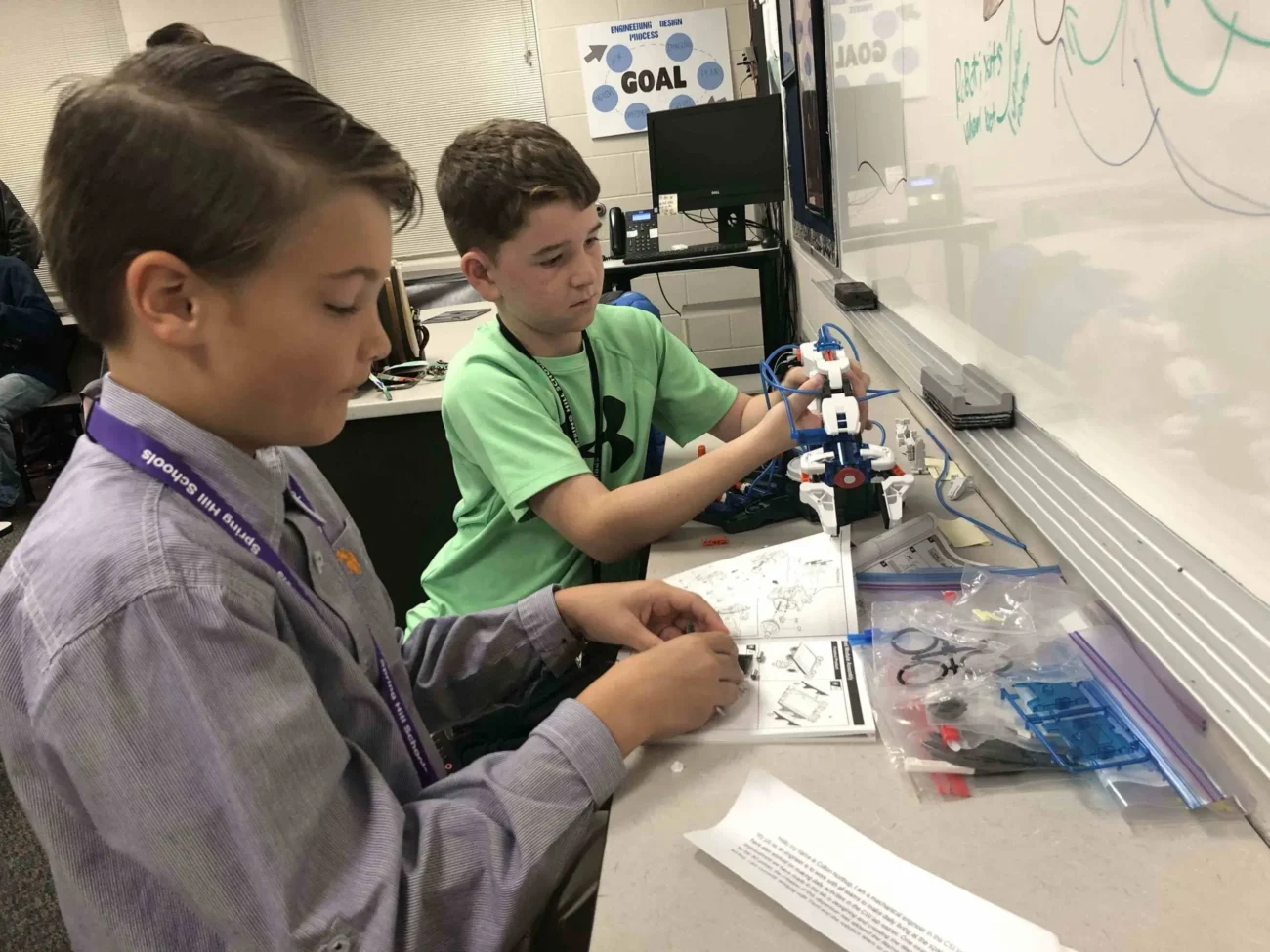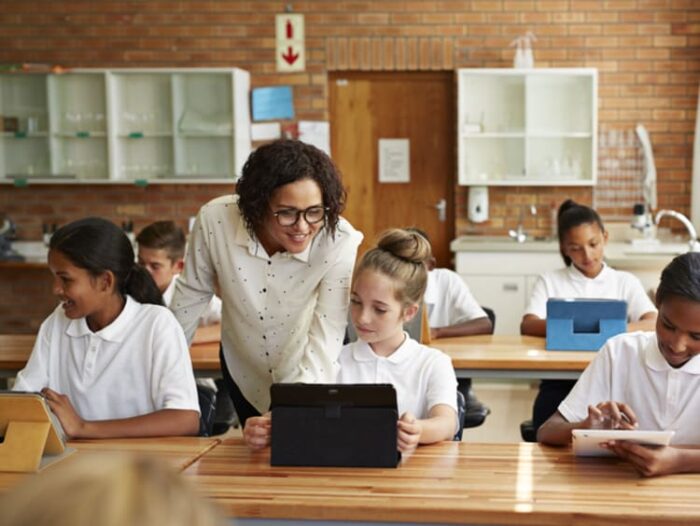
School assemblies are an integral part of the educational experience. They provide a platform for teachers, administrators, and students to come together as a community, share important information, celebrate achievements, and promote positive values. Over the years, school assemblies have evolved from simple lectures or speeches to dynamic events that incorporate music, drama, and other forms of artistic expression. However, with the rapid advancements in technology, there is now a growing interest in incorporating technology into these meetings.
The Role of Technology
Technology has transformed the way we live, work, and learn. In today’s digital age, tech is an essential tool for education. It offers endless possibilities for enhancing teaching and learning, including in school assemblies. The integration of technology in a school assembly can create a more engaging and interactive experience for students, increase participation and understanding, and provide access to a wide range of resources. However, this integration also comes with its own set of challenges that need to be addressed.
Benefits of Incorporating Technology in School Assemblies

Enhanced Engagement and Participation
One of the significant benefits of incorporating technology in school assemblies is enhanced engagement and participation. Technology, such as audiovisual aids, interactive whiteboards, and projectors, can create a more immersive experience for students. Instead of passively listening to a lecture or speech, students can actively engage with the material through videos, animations, and other multimedia presentations. This can help improve comprehension and retention of information.
Interactive Learning and Multimedia Presentations
Technology also offers opportunities for interactive learning and multimedia presentations. Teachers can use software and online tools to create interactive quizzes, games, and other activities that promote active learning. Multimedia presentations, such as videos, animations, and slideshows, can help reinforce key concepts and engage students in a meaningful way.

Cost-Effective and Time-Saving
Integrating technology into these meetings can also be cost-effective and time-saving. Instead of printing out handouts and other materials, teachers can create digital versions that can be easily shared with students. This not only saves money on paper and printing costs but also reduces the environmental impact of printing. Additionally, using tech to create and deliver presentations can save time compared to traditional methods.
Access to a Wide Range of Resources
With the internet, teachers and students can access a vast array of educational resources, including videos, articles, and other multimedia content. This can help provide a more comprehensive understanding of a topic and expose students to different perspectives and viewpoints.
Integration of Social Media and Online Platforms
Finally, technology can also be used to integrate social media and online platforms into school assemblies. Social media can be used to promote the event, create a buzz, and encourage participation. Online platforms, such as Zoom or Google Meet, can be used to facilitate virtual assemblies, allowing students who are not physically present to participate.

What about the challenges?
Technical Issues and Malfunctions
Despite the numerous benefits of integrating technology into school assemblies, it also comes with its own set of challenges. One of the most significant challenges is technical issues and malfunctions. If the technology does not work correctly, it can disrupt the entire event and cause frustration for both teachers and students. Technical issues can range from faulty equipment to poor internet connectivity.
Adequate Training and Professional Development
Another challenge is ensuring that teachers and other staff members have adequate training and professional development in using technology. It is not enough to simply purchase equipment and expect teachers to know how to use it effectively. Proper training and ongoing support are essential for the successful implementation of tech in assemblies. Teachers and staff members must be provided with adequate training on how to use the technology, troubleshoot problems, and integrate it into their lessons effectively.
Equity and Accessibility Concerns
Another challenge associated with incorporating technology in school assemblies is equity and accessibility concerns. Not all students have access to the same technology or have the same level of technological proficiency. This can create disparities in learning outcomes and access to resources. Institutions must ensure that all students have equal access to technology and provide support for those who may require additional assistance.

Cybersecurity and Online Safety Risks
The integration of technology into school assemblies also comes with cybersecurity and online safety risks. Schools must take appropriate measures to protect student data and ensure that online platforms used during the assembly are secure. Additionally, teachers and staff members must educate students on how to be safe online and protect their personal information.
Balancing Technology with Personal Interaction
Finally, schools must balance the integration of technology with personal interaction. While tech can enhance engagement and participation, it should not replace the value of face-to-face interactions. Schools must ensure that students have opportunities to interact with each other and their teachers in meaningful ways during assemblies.
Planning and Preparation
To successfully integrate technology into school assemblies, it is crucial to plan and prepare adequately. This includes identifying the tech needed, ensuring that it is compatible with existing infrastructure, and preparing teachers and staff members on how to use it effectively. Additionally, schools must establish clear objectives for incorporating technology into assemblies and align them with learning goals.

Collaboration and Communication
Collaboration and communication are essential for the successful implementation of technology in school assemblies. Teachers and staff members must work together to identify the most effective ways to use tech in the assembly and ensure that all students have equal access to it. Additionally, schools must communicate with parents and guardians about the use of technology and address any concerns they may have.
Evaluation and Continuous Improvement
Finally, schools must regularly evaluate the effectiveness of technology in school assemblies and make necessary adjustments to improve outcomes. This includes collecting feedback from students and teachers, monitoring engagement and participation levels, and assessing learning outcomes. Schools must continuously improve their use of technology in school assemblies to ensure that it aligns with their learning goals and enhances the educational experience for students.

Conclusion
Incorporating technology into school assemblies is a great way to bring modernity and innovation to the learning environment. Although there are some challenges that come with it, such as keeping up with technological advances, the benefits far outweigh these drawbacks. With improved engagement from students, better communication between teachers and students, and greater access to information, schools can make sure their assemblies remain memorable for generations of students.











